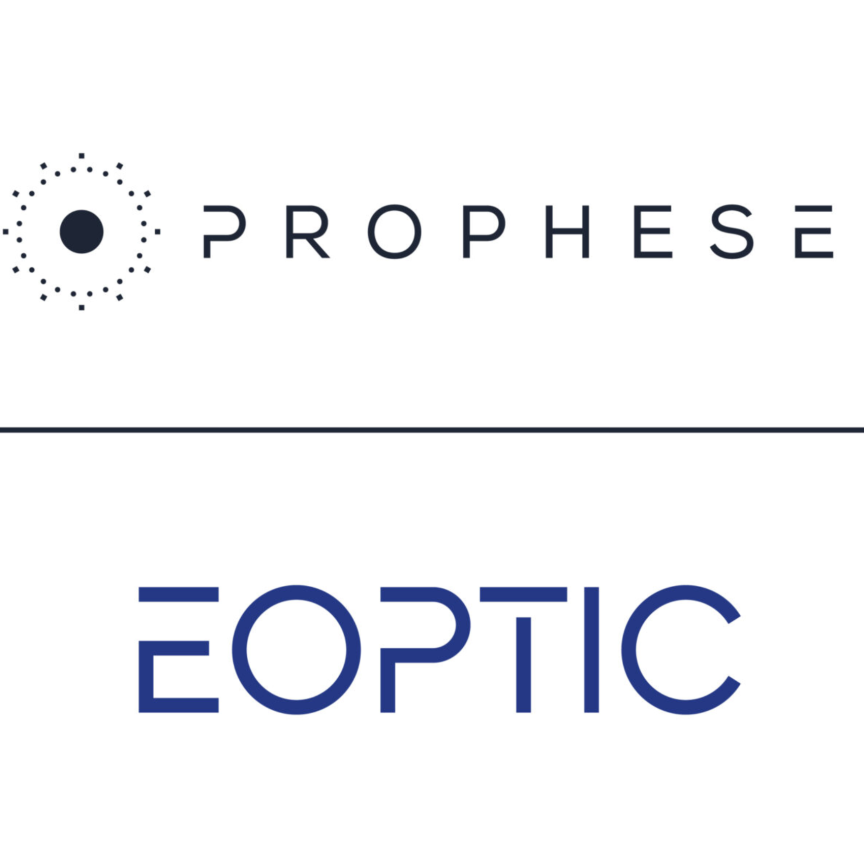Researchers at Washington University in St. Louis and the University of Illinois have designed a camera inspired by the eyes of a mantis shrimp. The camera can record both colour and polarisation imaging data on a single chip; the scientists say the technology costs less than $100 to produce.
Published in Optica last month, the scientists' work describes how the structure of a mantis shrimp’s eye, which is naturally able to detect UV light, was used to inspire a camera that they say could potentially improve early cancer detection, as well as find a use for studying marine animals.
The mantis shrimp possesses one of the most sophisticated eyes in nature, according to the researchers. Human vision has three different types of colour receptor, whereas the mantis shrimp has 16 different types, in addition to six channels that detect the polarisation of light.

Still frames captured from a video of marine animals in full colour (left), and false-color maps (right) where red and blue indicate highly polarised and unpolarised light. (Image: Garcia et al.)
‘The animal kingdom is full of creatures with much more sensitive and sophisticated eyes than our own,’ said Professor Viktor Gruev of the University of Illinois, a co-author of the study. ‘These organs not only surpass the sensitivity of our own visual systems, they also capture more visual information, using less power and space, than today’s most sophisticated, state-of-the-art cameras.’
According to Gruev, nature has constructed the mantis shrimp’s eye in such a way that photosensitive elements are vertically stacked on top of each other, allowing for the absorption of shorter, blue wavelengths in the shallow photoreceptors and longer, red wavelengths in the deeper receptors. The photoreceptors are also organised in a periodic fashion at the nanoscale that allows them to ‘see’ the polarised properties of light.
Gruev and Washington University in St. Louis graduate student Missael Garcia therefore sought to replicate the shrimp’s visual system using optical components to create the camera.

Professor Viktor Gruev, right, and graduate student Missael Garcia, left. (Image: L. Brian Stauffer)
‘The same laws of physics that apply to the mantis visual system also apply to silicon materials,’ explained Garcia. ‘By stacking multiple photodiodes on top of each other in silicon, we can see colour without the use of special filters. And by combining this technology with metallic nanowires, we effectively have replicated the portion of the mantis shrimp visual system that allows it to sense both colour and polarisation.’
This combination of silicon photodetectors and nanomaterials allowed the Illinois research team to create a 1,280 x 720-pixel resolution colour-polarisation camera with better than 30 per cent quantum efficiency in the visible spectrum and high polarisation extinction ratios.
The applications for such cameras are wide-ranging, according to the researchers, from early cancer detection to monitoring underwater creatures, which often communicate via invisible signals that can't be detected with standard cameras.
‘The notion that we can detect early formation of cancer is what is driving this research forward,’ commented Gruev. ‘The cost of this technology is less than $100, which will enable quality healthcare in resource-limited places around the world.’
Bio-inspired vision is gaining increasing interest throughout a number of industries thanks to its ability to offer significantly reduced data rates via event-based imaging, which corresponds well with the concept of embedded vision.
A £1.3 million three-year EPSRC project is currently underway at Kingston University London, University College London, and King's College London to explore the potential applications of newly developed eye-inspired sensors, while researchers at the University of Zurich are using eye-inspired cameras to guide drones in low-light conditions.


